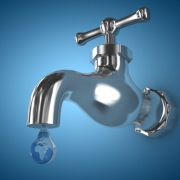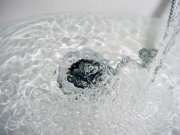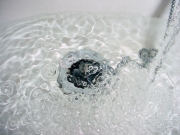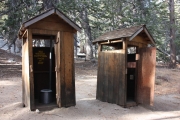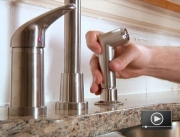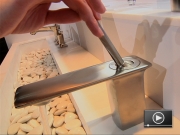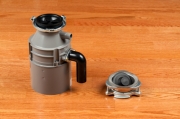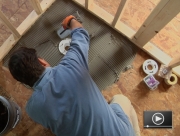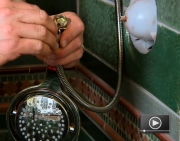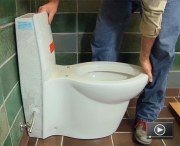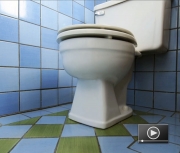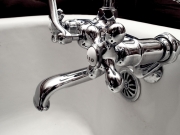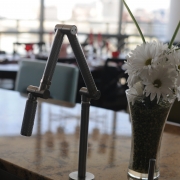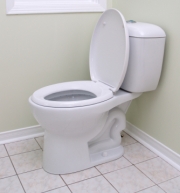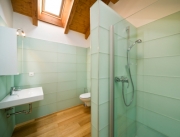Low-Flow Plumbing Fixtures: Are They a Good Return on Investment?
Information on low-flow plumbing fixtures abounds, and low-flow and waterless urinals are now in widespread use. Flush volume for toilets has evolved to 1.6 gallons per flush, or less than half of the 1980s' standard of 3.5 gallons. The fact that low-flow fixtures can save money in utility costs is clear and easy to calculate with a review of a water bill and an estimate of each fixture’s cycles per month. An enticing payback period for a new fixture purchase can be calculated based on water use alone. However, some facility managers argue that the utility savings offered by these plumbing fixtures are not matched by the unforeseen maintenance and repair costs that they generate. The question of whether low-flow plumbing fixtures offer a good return on investment (ROI) arises.


